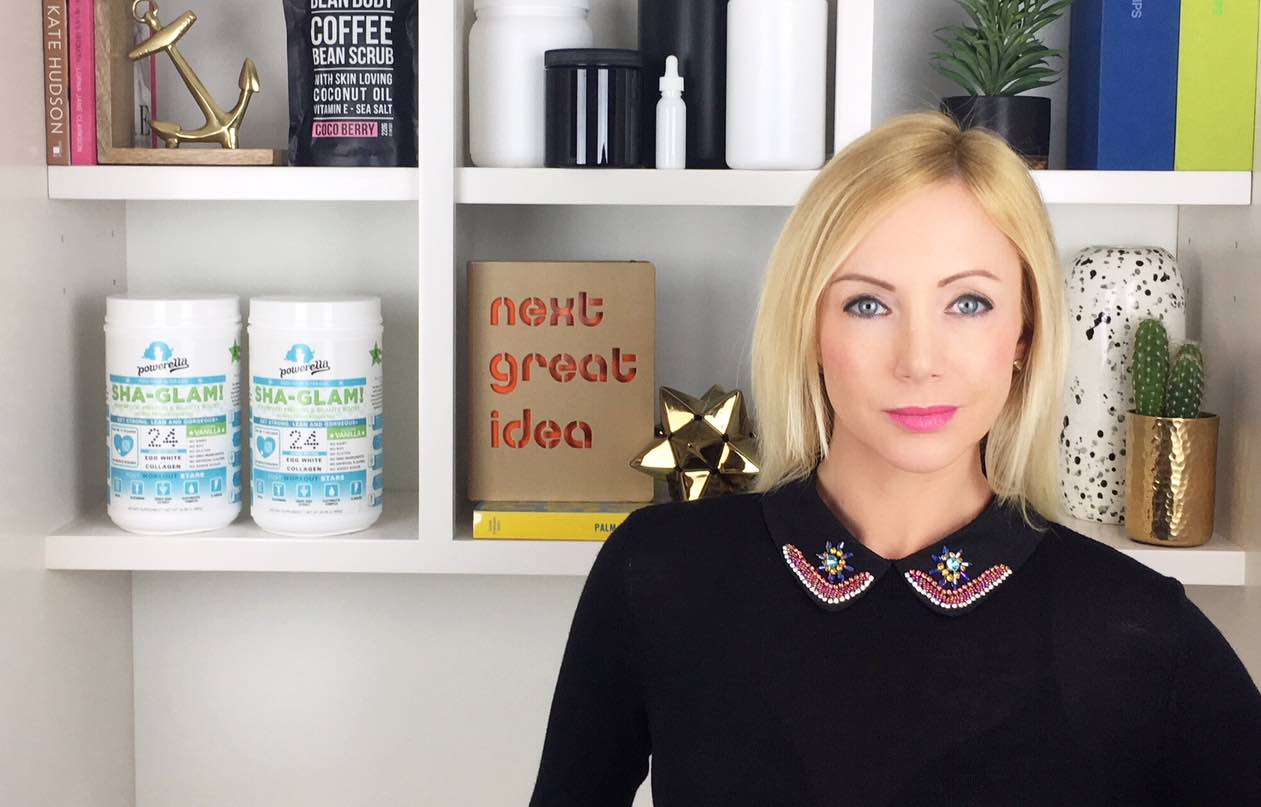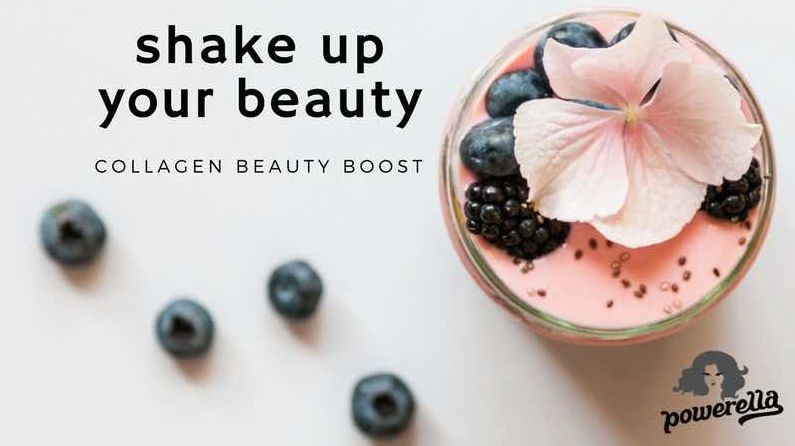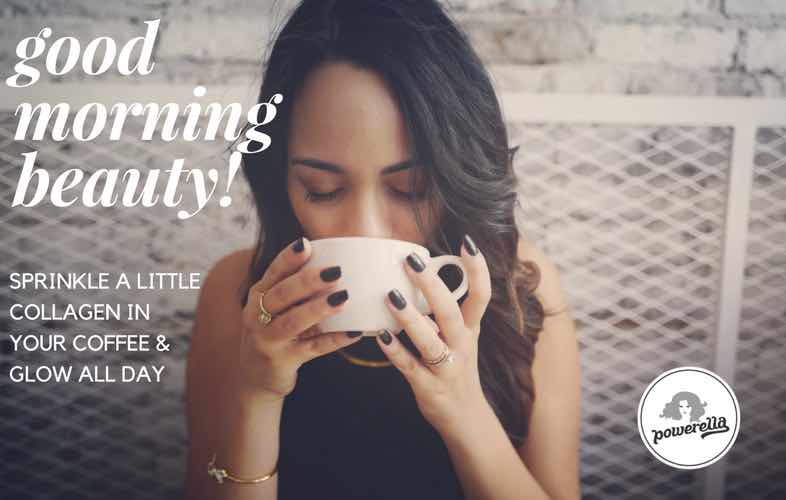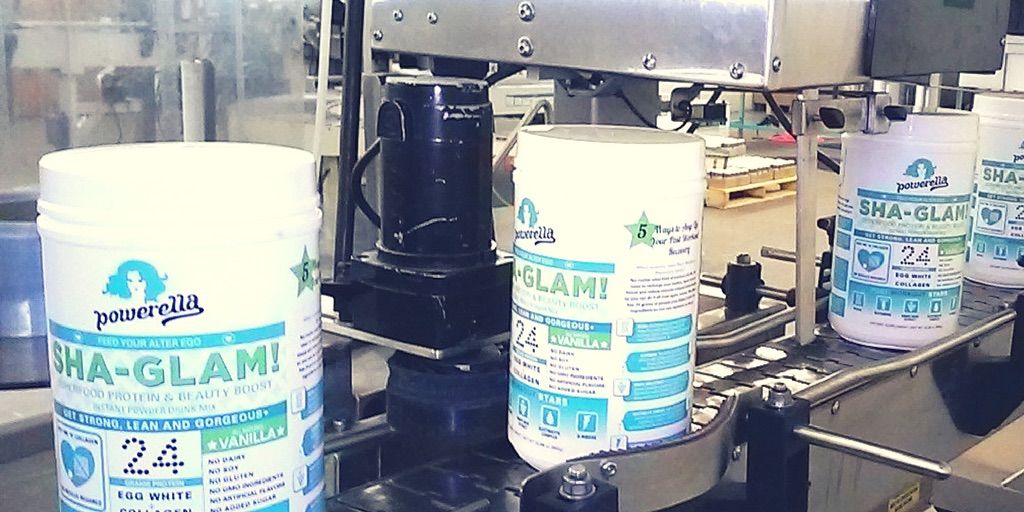
Powerella’s Aimee Gill Gives Us The Inside Scoop On The Production Of Inside-Out Beauty Merchandise
Inside-out beauty is on an incredible upward trajectory. Retailers such as Sephora, Credo, The Detox Market, Neiman Marcus, Free People and Nordstrom are plumbing the segment bursting with bars, powders, drinks and capsules. Ingestible specialists like Hum Nutrition, Vital Proteins, Care/of and Ritual have scored investor dollars. Credence Research projects global sales of beauty supplements will rise at a compound annual growth rate of nearly 10% through 2023 to reach $7.1 billion. As beauty brands follow the market into food and beverage, they discover ingestible production has its own set of particularities. Protein powers aren’t the usual topical potions in a jar. “Topicals can only do so much if you aren’t getting good sleep or have an unhealthy gut. The message of good health being the foundation for beauty is not a passing trend,” says Aimee Gill, who launched nutritional supplement brand Powerella in 2014 after a career that wound through Smashbox, NARS and Shiseido. She walked Beauty Independent through the challenges of manufacturing and selling ingestible beauty products.
Minimum Requirements
Contract beauty manufacturers aren’t typically churning out ingestible products. Brands must turn to supplements producers to meet their inside-out demands. These supplements producers are venturing out of their customary fitness and health realms into unfamiliar territory when generating beauty formulas. Gill mentions they often have larger minimum order stipulations than beauty factories. She estimates the lowest minimum order at around 1,500 units and, for powder products, each unit contains one-to-two pounds of powder. “The machinery is massive because they’re used to manufacturing huge amounts of powder at a time,” explains Gill. “They won’t run the machines for small orders. That was one of my struggles early on because it was a pretty big investment for a small startup.”
Brands marketing ingestible products, however, don’t have much choice but to rely on outside supplements manufacturers. Unlike with topical beauty products, it’s much less likely brands throw together runs of ingestible products themselves. “I can do a homemade body scrub in my kitchen, but I can’t make a protein powder in my kitchen and sell it,” she says. “The powders are regulated the same way as cosmetics. I didn’t have to get F.D.A. approval, but I used an F.D.A.-[compliant] lab. You have to be really cautious because people are ingesting your products, and you really need to make sure your manufacturer is top of the line.”

MaKing Beauty Mouthfuls
Gill advises beauty brands seeking nutritional supplements manufacturers to be prepared with lists of specific ingredients they want and don’t want in their formulas when approaching them. “I had to go through several manufacturers that, in the end, couldn’t provide the quality product I wanted. I had a very strict ingredient profile and sometimes they weren’t willing to go that far beyond their parameters,” details Gill, noting she spent six months vetting factories before settling on a manufacturer to produce Sha-Glam!, Powerella’s superfood protein and beauty mix powder drink. Overall, the development process for an ingestible product may be longer than the development process for a topical item. Gill divulges it took her a year-and-a-half to finalize Sha-Glam!’s formula. A key reason for the prolonged development timeframe is perfecting taste.
Once the taste is perfected, Gill says the production turnaround is similar to the turnaround for beauty products at around eight weeks for a reorder. As for packaging, she asserts brands should put unique aesthetic stamps on stock solutions. “Standard supplement packaging options are very basic, so the design on your labels needs to be exceptional,” says Gill. “You want to pop on shelf and social media.” Like with beauty products, brands have to be careful about ingestible product claims. “The supplements industry has a bad reputation for misleading claims,” says Gill. “You can’t overstate that something is going to make you look 10 years younger overnight. I am very cautious and transparent in my claims. Because of my beauty experience, I apply the same rules I followed in beauty.”

Price And Presentation
Once they’ve hooked customers, ingestibles can command lofty replenish rates because they’re formulated for regular consumption. “People use one scoop a day and are going to need a new container every 24 days,” says Gill. “I have several moisturizers and serums, and I’m shifting between them, whereas I’m not going to be shifting between five protein powders.” Returns tend to be low. “I haven’t had any returns so far. You are able to return it, but people aren’t used to returning food items,” says Gill, underscoring, “Are you going to return a multivitamin if you don’t feel better? Probably not.” Beauty drinks, bars, powers and capsules are priced above their health and fitness counterparts. Powerella Sha-Glam! is priced at $60 for 24, 1.3-oz. servings. “You can go to the store and get a protein powder for $15. For me, to have this at $60 was very high-end and special,” says Gill, adding, “If it has beauty benefits, people are willing to pay more. You can think of these products as multitasking. For example, you are getting your probiotic, and it’s helping your skin.”
Despite the possibilities of high prices, ingestible marketers can’t count on beauty-level markups of some 80% on products. Industry sources peg the cost of goods for ingestible items at double the cost of goods for beauty merchandise. “The margins are very different, but, as you scale, things get better,” says Gill. “The manufacturers are also changing. They’re realizing the opportunity, and they’re going to make it a lot easier.” At beauty stores not accustomed to showcasing ingestible products, she suggests healthy choices, not immediate results, should be promoted. “The selling challenge is you don’t get instant gratification,” says Gill. “If you are feeling better from a product, though, you are going to look better, and you will start to notice.” She recommends retailers sample ingestible products generously to encourage sales. “A retailer can do a smoothie station or free tastings at the register. Those are great to introduce consumers to the products who may not normally be thinking about them,” says Gill. “If they taste good, why not?”





